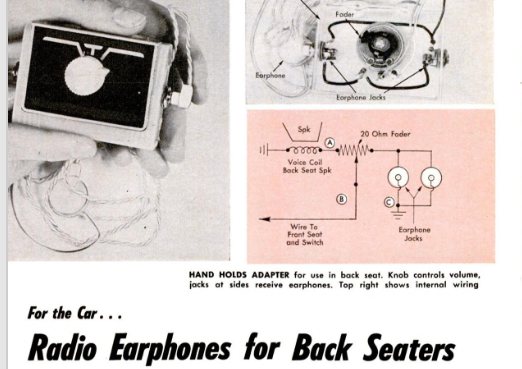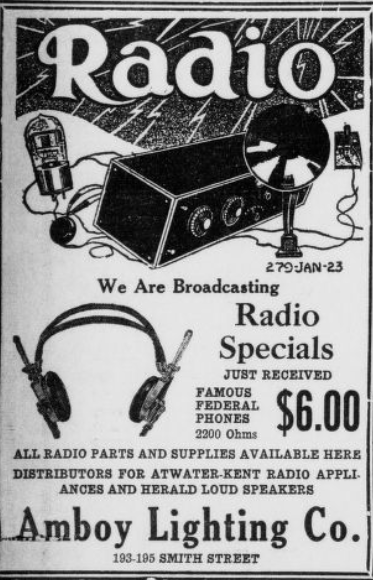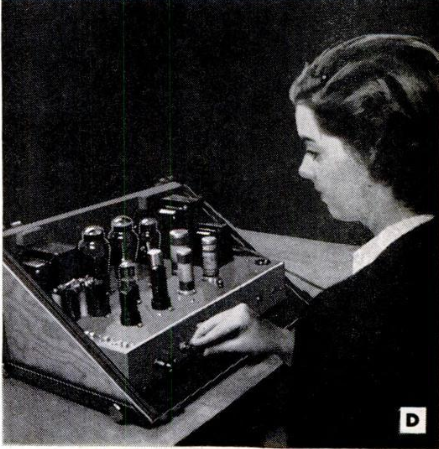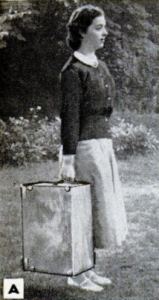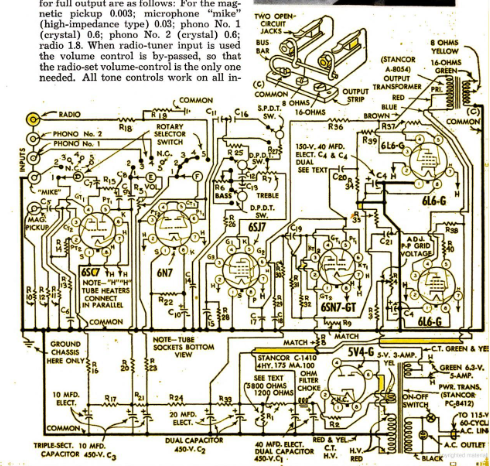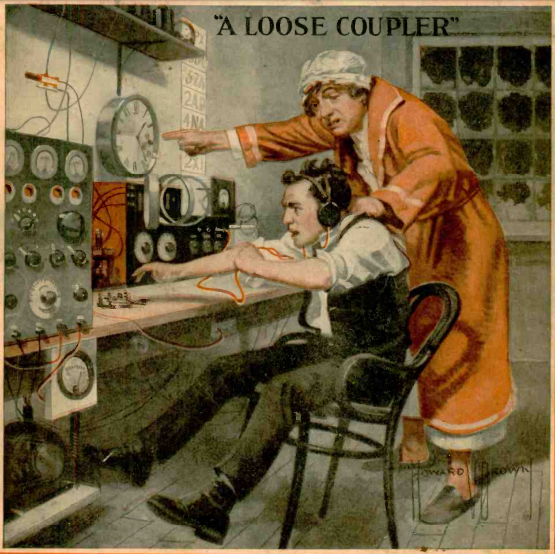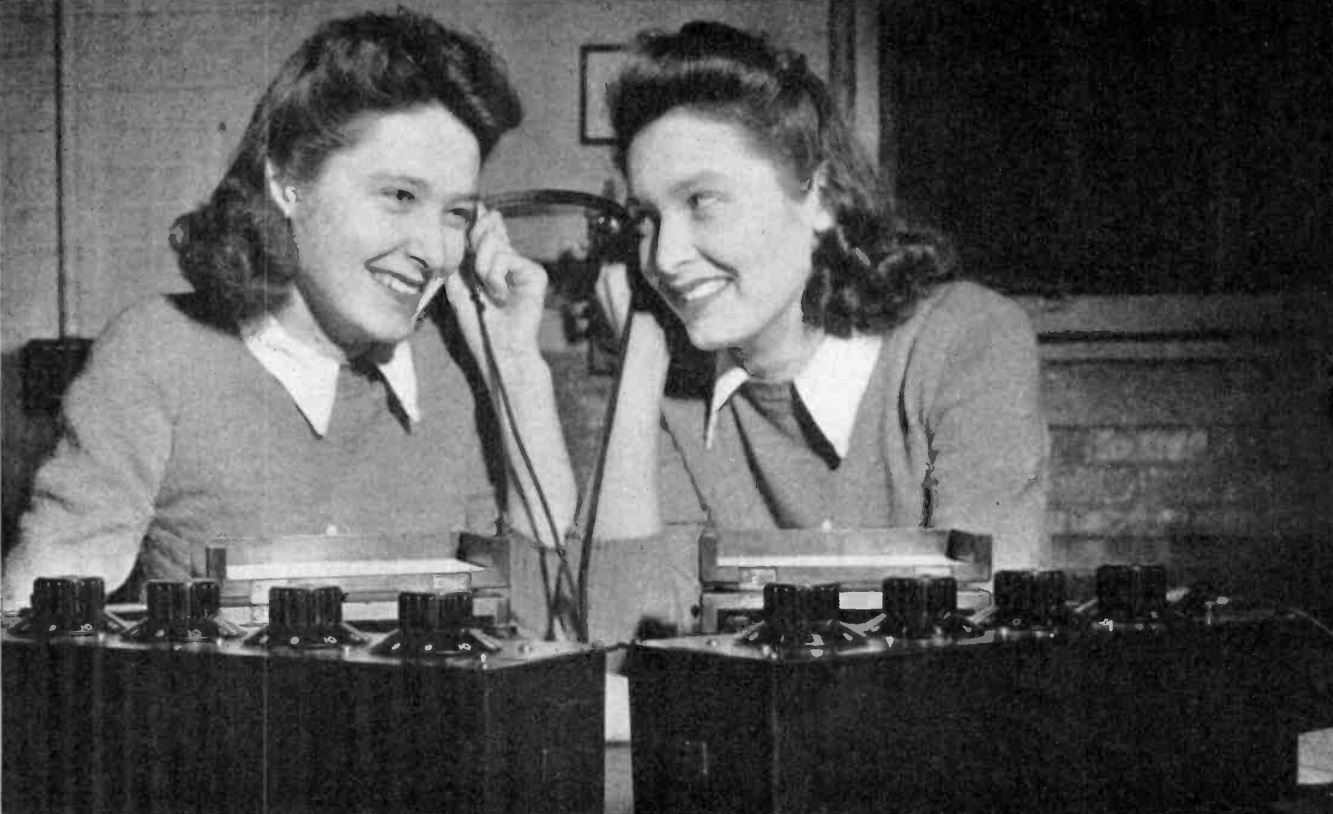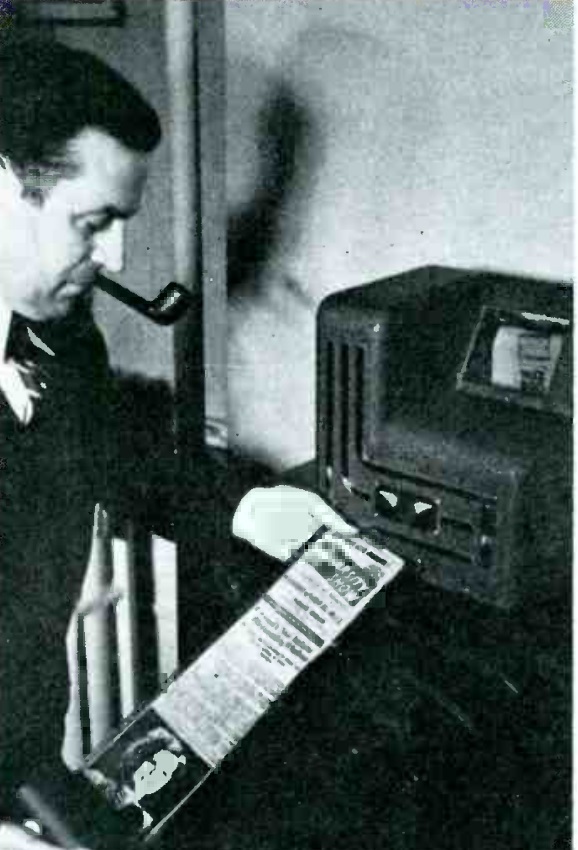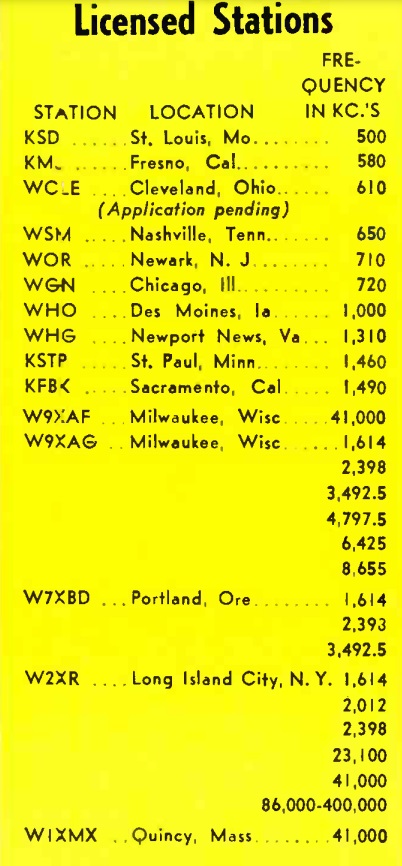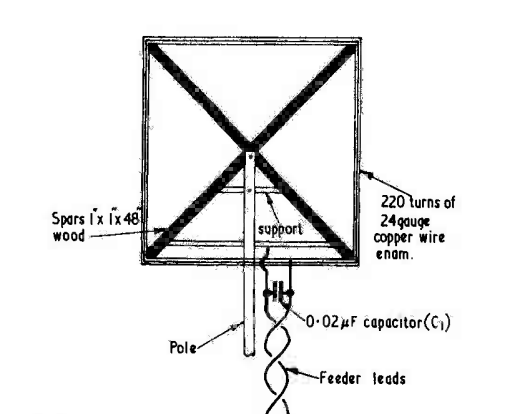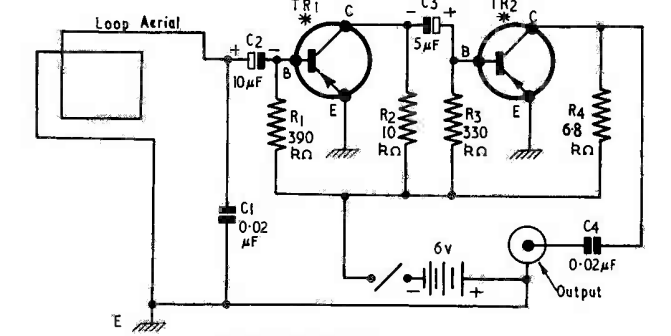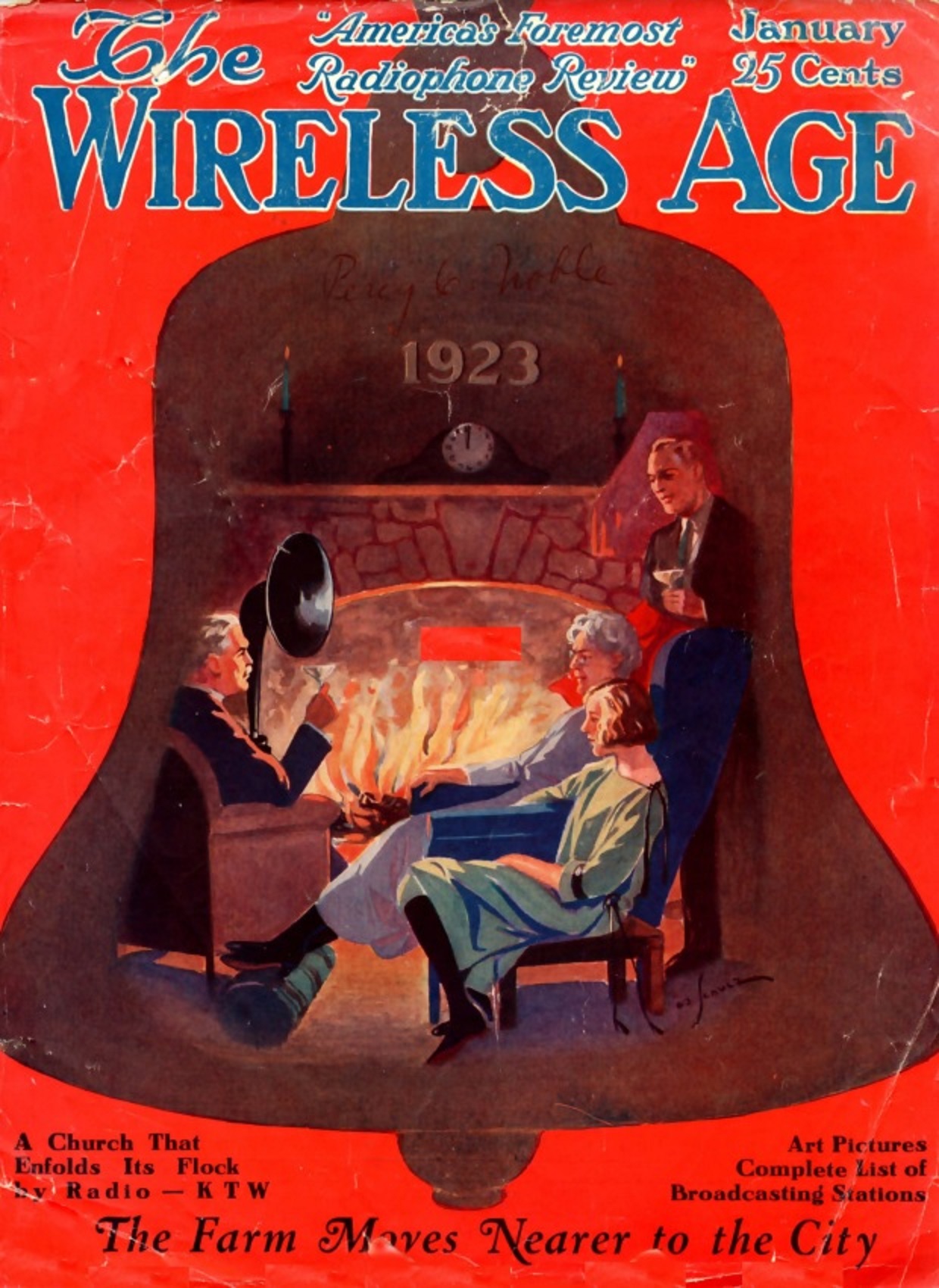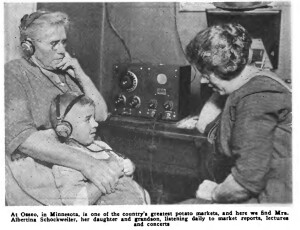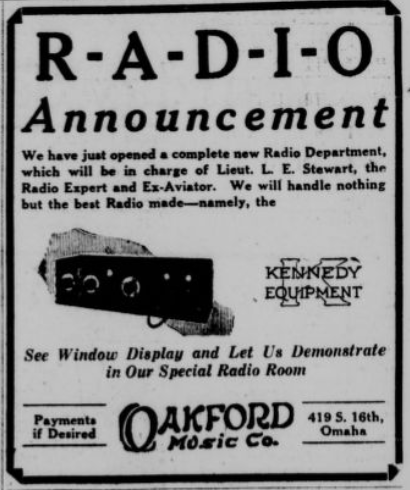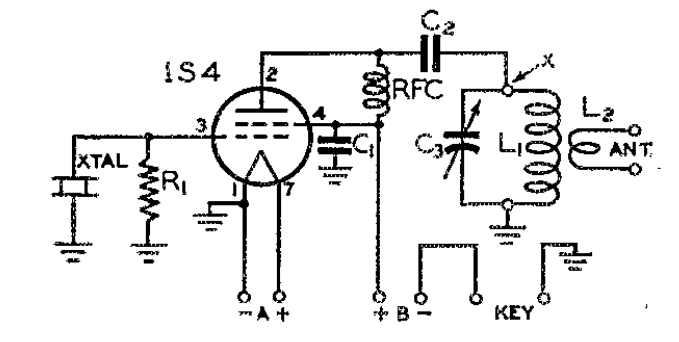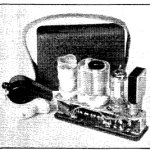Sixty years ago this month, the February 1963 issue of Popular Mechanics carried this project designed to help parents of “youngsters who insist on raucous music and clatter from the car radio throughout a long trip.”
The solution to domestic tranquility was to let them listen to their heart’s content in the back seat, but through earphones. Then, “only plugged ears need hear the racket.”
The magazine showed how to make this small control box, which allowed switching from the car speaker to the headphones. It also included a volume control, in the form of a 20 ohm fader. Installation was easiest if the speaker were mounted on the rear shelf, and the work could easily be done through the trunk. If the only speaker were in the front, the job was only slightly more complicated, and required running two wires under the carpet.
With this modification in place, the rest of the family was guaranteed to be happy.

